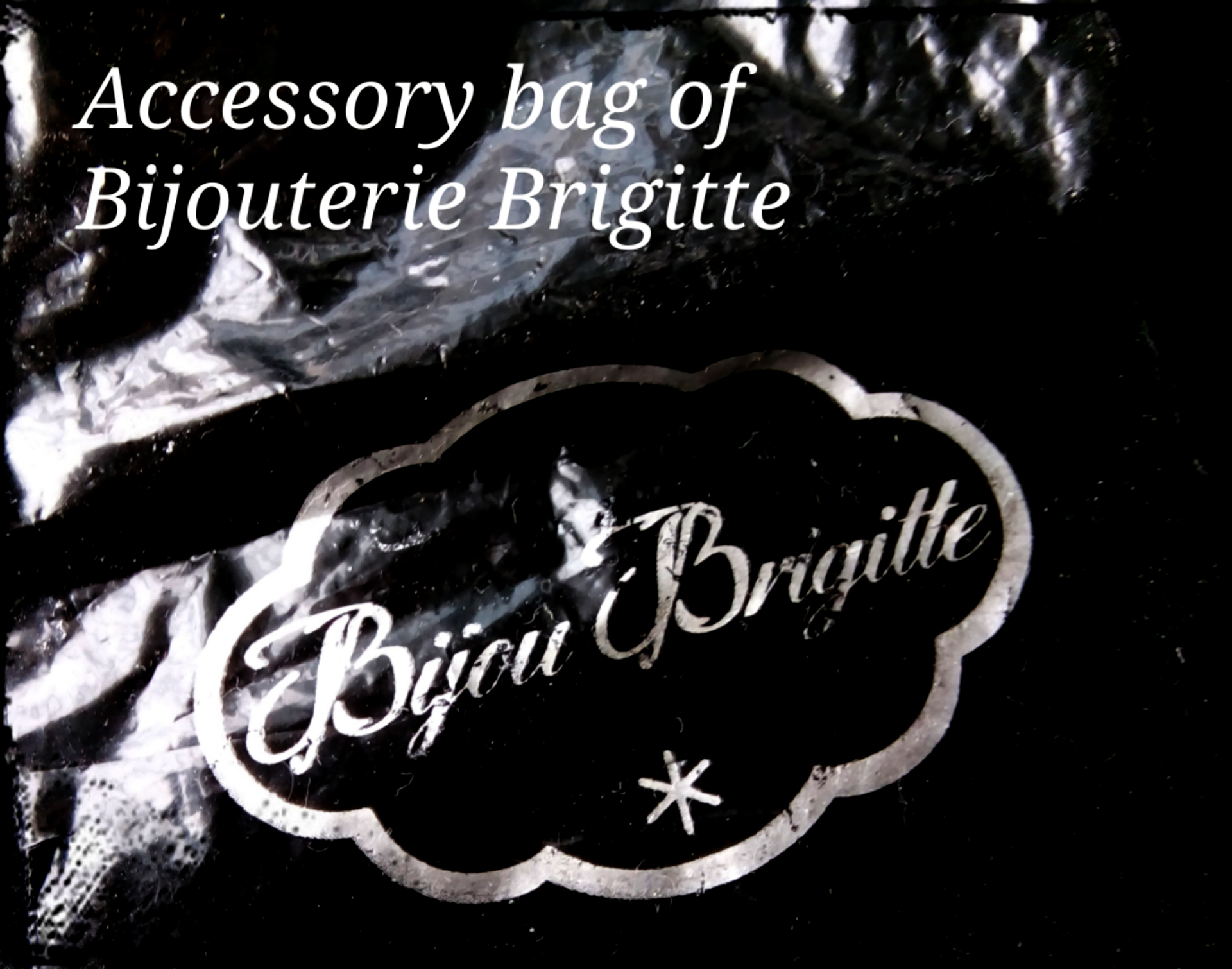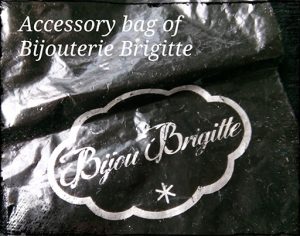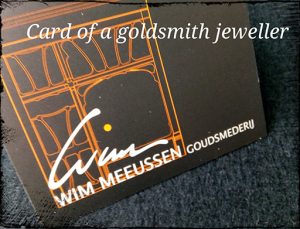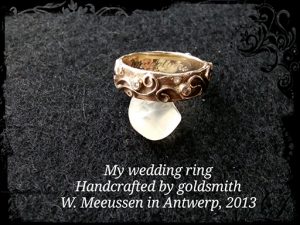

The Etymology Of The Word ‘Jewellery’
The word “jewellery“, or “jewelry” in American English, was invented many thousands of years later than the actual first pieces of decorative items worn for personal adornment were created by men. It derived from the word “jewel”, which is the Anglicised form of the Old French word “jouel“. In late Middle English, around the 17th and 18th century, it was spelled “juelrye“, which later became “jewellery“.
 The Old French word “jouel“, meaning “ornament; present; gem; jewel”, was first used during the 12th century and by the late 13th century the word “jewel” started being used in England, meaning “an article of value used for adornment”. The French word “jouel” derived from the medieval Latin word “jocale“, which comes again from the Latin word “iocus“, meaning “game; playing; joke”, or in Vulgar Latin “that which causes joy”. There are also historians who adhere to the theory that it traces back to the Latin word “gaudium“, with a notion of “rejoice”. The French word “gaudie” means “joy; pleasure; playfulness; a piece of showy finery; a flashy trinket”. The restricted sense of the word to “precious stone; gem” stems from England in the early 14th century.
The Old French word “jouel“, meaning “ornament; present; gem; jewel”, was first used during the 12th century and by the late 13th century the word “jewel” started being used in England, meaning “an article of value used for adornment”. The French word “jouel” derived from the medieval Latin word “jocale“, which comes again from the Latin word “iocus“, meaning “game; playing; joke”, or in Vulgar Latin “that which causes joy”. There are also historians who adhere to the theory that it traces back to the Latin word “gaudium“, with a notion of “rejoice”. The French word “gaudie” means “joy; pleasure; playfulness; a piece of showy finery; a flashy trinket”. The restricted sense of the word to “precious stone; gem” stems from England in the early 14th century.
 Jewellers who worked with expensive materials were called “joalliers“, but during the Renaissance period a new term was invented to differentiate jewellers who worked with cheaper materials, by calling them “bijoutiers“. The origin of the French word “bijouterie” lies in 1735 and comes from the Breton word “bijou“. In Breton French “biz” means “finger” and “bizou” means “finger-ring”. The words to differentiate between the uses of art materials by jewellery makers is still in practice to this day, which can be seen for instance at the different sort of shops that sell jewellery items. One can see a clear difference between fine jewellery shops with pieces made by educated goldsmiths and silversmiths versus mass produced, machinery made cheaper products as sold by e.g. Bijou Brigitte or Claire’s. The latter two are examples of proper bijouteries.
Jewellers who worked with expensive materials were called “joalliers“, but during the Renaissance period a new term was invented to differentiate jewellers who worked with cheaper materials, by calling them “bijoutiers“. The origin of the French word “bijouterie” lies in 1735 and comes from the Breton word “bijou“. In Breton French “biz” means “finger” and “bizou” means “finger-ring”. The words to differentiate between the uses of art materials by jewellery makers is still in practice to this day, which can be seen for instance at the different sort of shops that sell jewellery items. One can see a clear difference between fine jewellery shops with pieces made by educated goldsmiths and silversmiths versus mass produced, machinery made cheaper products as sold by e.g. Bijou Brigitte or Claire’s. The latter two are examples of proper bijouteries.
 If Gwendolyne’s Steampunk Gems would be categorized in the way one would differentiate a fine jeweller from a bijoutier, than GSG would probably fit the term bijoutier best, since practically all my jewellery pieces contain less precious metals than gold and silver. However, although my jewellery is handcrafted with mostly inferior metals than silver and gold, it certainly is not suited to be mass-produced or machinery made. Thus Gwendolyne’s Steampunk Gems cannot completely be put in either category. In another blog I wrote about Art Jewellery and the Arts & Crafts Movement, that started in the late 1800s. That blog article gives a better view on the ideas I have myself regarding my sort of jewellery handcraft and perhaps it also shows, why Gwendolyne’s Steampunk Gems definitely fits with the descriptions of both a fine jeweller and bijoutier.
If Gwendolyne’s Steampunk Gems would be categorized in the way one would differentiate a fine jeweller from a bijoutier, than GSG would probably fit the term bijoutier best, since practically all my jewellery pieces contain less precious metals than gold and silver. However, although my jewellery is handcrafted with mostly inferior metals than silver and gold, it certainly is not suited to be mass-produced or machinery made. Thus Gwendolyne’s Steampunk Gems cannot completely be put in either category. In another blog I wrote about Art Jewellery and the Arts & Crafts Movement, that started in the late 1800s. That blog article gives a better view on the ideas I have myself regarding my sort of jewellery handcraft and perhaps it also shows, why Gwendolyne’s Steampunk Gems definitely fits with the descriptions of both a fine jeweller and bijoutier.
Gwendolyne Blaney – GSG
Reference
Wikipedia – https://en.wikipedia.org/wiki/Jewellery – “Jewellery”
Google.co.uk – “Jewel”
Lexico – https://www.lexico.com/definition/jewellery – “Jewellery”
Online Etymology Dictionary – https://www.etymonline.com/word/jewelry – “Jewelry”
Merriam Webster – https://www.merriam-webster.com/dictionary/bijouterie – “Bijouterie”
Online Etymology Dictionary – https://www.etymonline.com/search?q=Bijou – “Bijou (n.)”
Word Histories – https://wordhistories.net/?s=Origin+of+%27Jewel&submit= – “Origin of ‘Jewel’, little plaything, of ‘Bijou’, finger-ring”
